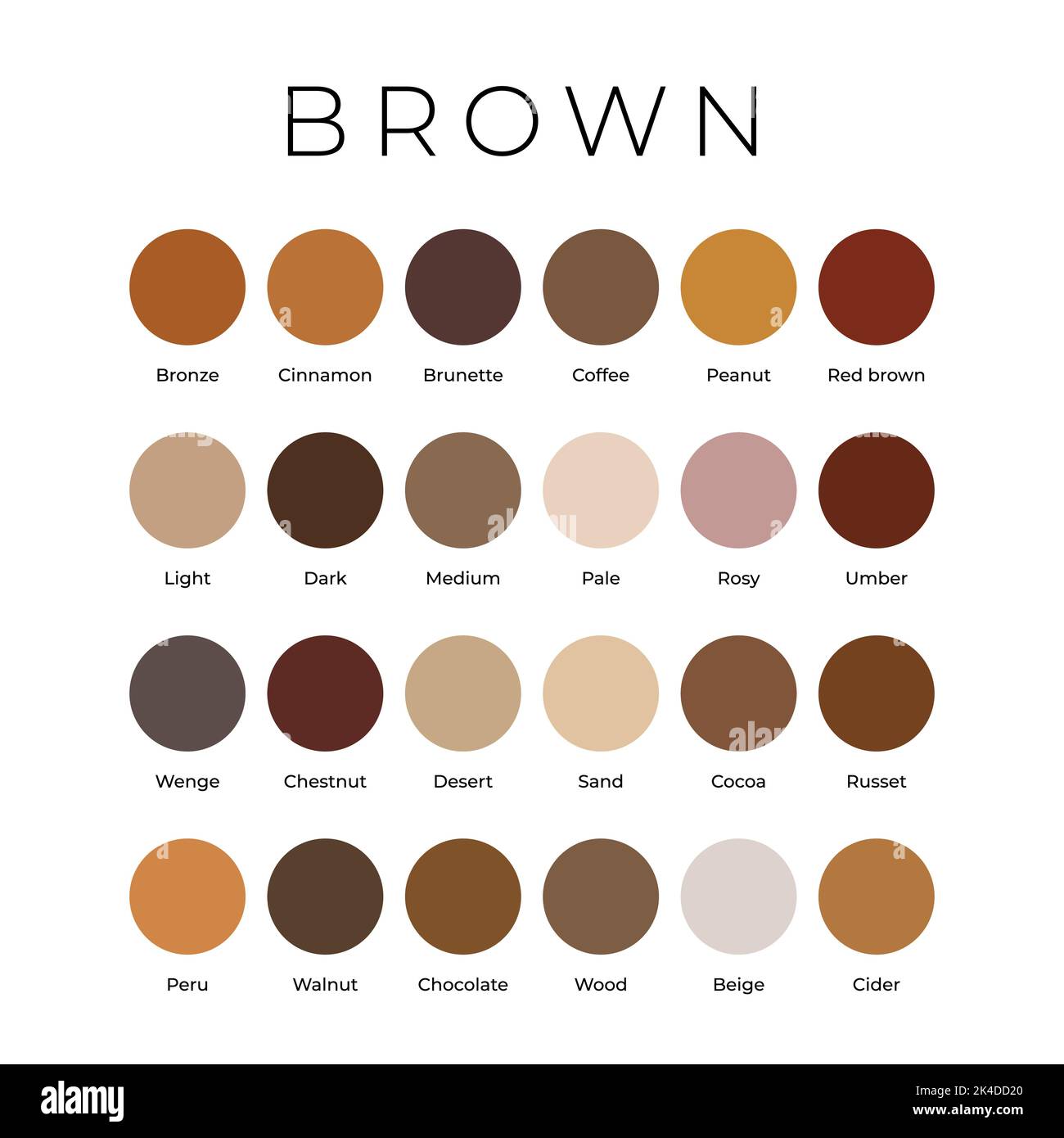Car Financing and Insurance: Understanding Full Coverage Requirements
Car financing and insurance requirements: what you need to know
When you finance a vehicle, you’re entered into an agreement where the lender maintains a financial interest in your car until you’ve paid off the loan wholly. This share stake in the vehicle lead to specific insurance requirements that might differ from what you’d choose if you own the car unlimited.
Do you need full coverage insurance when finance a car?
The short answer is yes. When you finance a car, lenders typically require full coverage insurance. This requirement isn’t arbitrary — it protects the lender’s investment in case something happen to the vehicle beforeyou’ve paidy off the loan.
Full coverage isn’t really an insurance industry term but quite a common way to describe a policy that include both comprehensive and collision coverage in addition to your state’s minimum liability requirements.
What full coverage insurance typically include
-
Liability coverage:
Pay for damage you cause to others (both corporal injury and property damage ) -
Comprehensive coverage:
Covers damage to your car from non collision incidents (theft, vandalism, natural disasters, fall objects, animal collisions ) -
Collision coverage:
Pay for damage to your car from accidents with other vehicles or objects careless of fault
Why lenders require full coverage
Understand the lender’s perspective help explain these requirements. When you finance a vehicle, the lender is fundamentally co own the car with you until the loan is pay off. The vehicle serve as collateral for the loan.
Protection of the asset
If your car is damage or total, and you alone have liability insurance, you’d notwithstanding be responsible for the remain loan balance — tied without have a function vehicle. Thiscreatese significant financial risk for both you and the lender.
Full coverage ensure that disregarding of what happen to the vehicle, there be insurance to cover repairs or replacement, protect the collateral back the loan.
Lender requirements vs. Legal requirements
It’s important to distinguish between what’s lawfully require and what your lender require:
-
Legal requirements:
States typically solely mandate liability insurance to lawfully drive -
Lender requirements:
Financing agreements require additional coverage to protect the asset
Fail to maintain the coverage require in your financing agreement could put you in breach of contract, potentially allow the lender to purchase insurance on your behalf (force place insurance )at a anften higher premium and add it to your loan payments.
Specific coverage requirements when financing
Coverage types
Most lenders will require:

Source: carglassadvisor.com
-
Comprehensive coverage:
Typically, with a deductible of$5000 or less -
Collision coverage:
Commonly with a deductible of $500 or less -
Liability coverage:
Frequently higher than state minimums (usually 100/300/50 or higher )
Additional coverage you might consider
While not invariably require by lenders, these coverages provide additional protection for finance vehicles:
-
Gap insurance:
Cover the difference between what you owe on the loan and what the insurance company pay if the car is total -
New car replacement:
Pay to replace your totaled vehicle with a new one of the same make and model -
Loan / lease payoff coverage:
Similar to gap insurance but typically cover up to 25 % over the vehicle’s value
How to verify your lender’s insurance requirements
Before finalize your auto loan, make sure you understand incisively what insurance coverage the lender require. This information should be clear state in your loan agreement, but you can likewise:
- Ask your loan officer direct about specific insurance requirements
- Request write documentation of all insurance requirements
- Have your insurance agent review the loan requirements to ensure your policy complies
The cost of full coverage for financed vehicles
Full coverage insurance costs importantly more than minimum liability coverage. Accord to industry data, the average cost difference can be $800 1,500 yearly, depend on factors like:
- Your drive history
- Credit score (in states where this is aallow))
- Vehicle make, model, and year
- Your location and demographics
- Choose deductible amounts
Factoring insurance costs into your car budget
When calculate the total cost of vehicle ownership with financing, many buyers focus exclusively on the monthly loan payment. Notwithstanding, the increase insurance costs should be factored into your budget before purchase.
A $25,000 car might have a monthly payment of around $$450 but the rerequirementnsurance could add anothe$10000 200 monthly, importantly affect affordability.
What happen if you don’t maintain required insurance
Consequences of inadequate coverage
If you fail to maintain the requirement insurance on your finance vehicle, several things can happen:
-
Force place insurance:
The lender can purchase insurance on your behalf and add the premium to your loan payments -
Loan default:
Violate the insurance requirements can put you in breach of your loan agreement -
Repossession:
In extreme cases, the lender might repossess the vehicle -
Financial liability:
If the car is damage or total, you’re stock still responsible for the full loan balance
Force place insurance
Force place insurance deserve special attention because it can be inordinately expensive — oftentimes 2 3 times the cost of insurance you could purchase yourself. This insurance mainly protects the lender’s interest, not yours, and typically provide less coverage than a standard policy.
When can you drop full coverage on a financed car?
The simple answer: you can drop full coverage solely after you’ve paid off the loan wholly and own the vehicle unlimited.
Until the lien is release, andyou havee the title in hand, you’re contractually obligate to maintain the insurance coverage specify in your loan agreement.
What to do after pay off your loan
Once you’ve paid off your car loan:
- Confirm the loan is full pay and you’ve received the title
- Contact your insurance company to review your coverage options
- Consider the vehicle’s current value and your financial situation before reduce coverage
- Remember that liability insurance is notwithstanding lawfully require
Is full coverage worth keep after pay off your loan?
Flush after satisfy your loan, full coverage might notwithstanding be worth maintain, depend on several factors:
When to consider keep full coverage
- Your car is newer or have significant value
- You couldn’t afford to repair or replace the vehicle out of pocket
- You live in an area with high rates of auto theft or natural disasters
- You have a history of accidents or live in a high traffic area
When drop to liability might make sense
- Your car’s value has depreciated importantly( typically below $3,000 4,000 )
- The annual cost of full coverage exceed 10 % of your car’s value
- You have substantial savings to cover potential repairs or replacement
- The vehicle is seldom drive or keep in secure storage
Shop for insurance for a financed vehicle
When shop for insurance for your finance car, follow these steps to ensure you meet requirements while get the best value:
Get the right coverage at the best price
-
Obtain specific requirements from your lender
Include minimum coverage limits and maximum deductibles -
Compare quotes from multiple insurers
With identical coverage levels -
Ask about discounts
For bundle, safety features, good driving, etc. -
Consider higher deductibles
(within lender limits )to lower premiums -
Review the policy cautiously
To ensure it meet all lender requirements
Insurance company selection
When select an insurance company for a finance vehicle, consider:

Source: autoinsurance.org
-
Financial stability ratings
From organizations like a.m. best -
Claims satisfaction ratings
From j.d. power or consumer reports -
Ease of policy management
Through online tools or mobile apps -
Availability of local agents
If you prefer in person service
Special considerations for lease vehicles
While leasing and financing are different, insurance requirements are similar, with some important distinctions:
Lease vs. Finance insurance requirements
- Leases typically require higher liability limits (frequently 100/300/50 or higher )
- Gap insurance is more usually require or include in lease agreements
- Deductible maximums may be lower for lease vehicles (much $$500or less ))
- Some leases specify that original equipment manufacturer (oOEM)parts must be ususedor repairs
Conclusion: balancing protection and cost
Full coverage insurance is not fair a lender requirement — it’s an important financial protection when you have an auto loan. The vehicle represent both a significant debt and an essential asset, make proper insurance coverage crucial.
While the additional cost of comprehensive and collision coverage can be substantial, it provides necessary protection for both you and the lender. Without it, you could find yourself in the difficult position of make payments on a car you can noproficientt drive.
As with any financial decision, the key is found the right balance between adequate protection and affordable premiums. By understand precisely what coverage isrequirede, shop cautiously, and take advantage of available discounts, you can meet your lender’s requirements while manage your overall vehicle costs efficaciously.
Remember that insurance requirements are non-negotiable when finance a vehicle, but the specific insurance provider and how you structure your policy within those requirements remain within your control.



